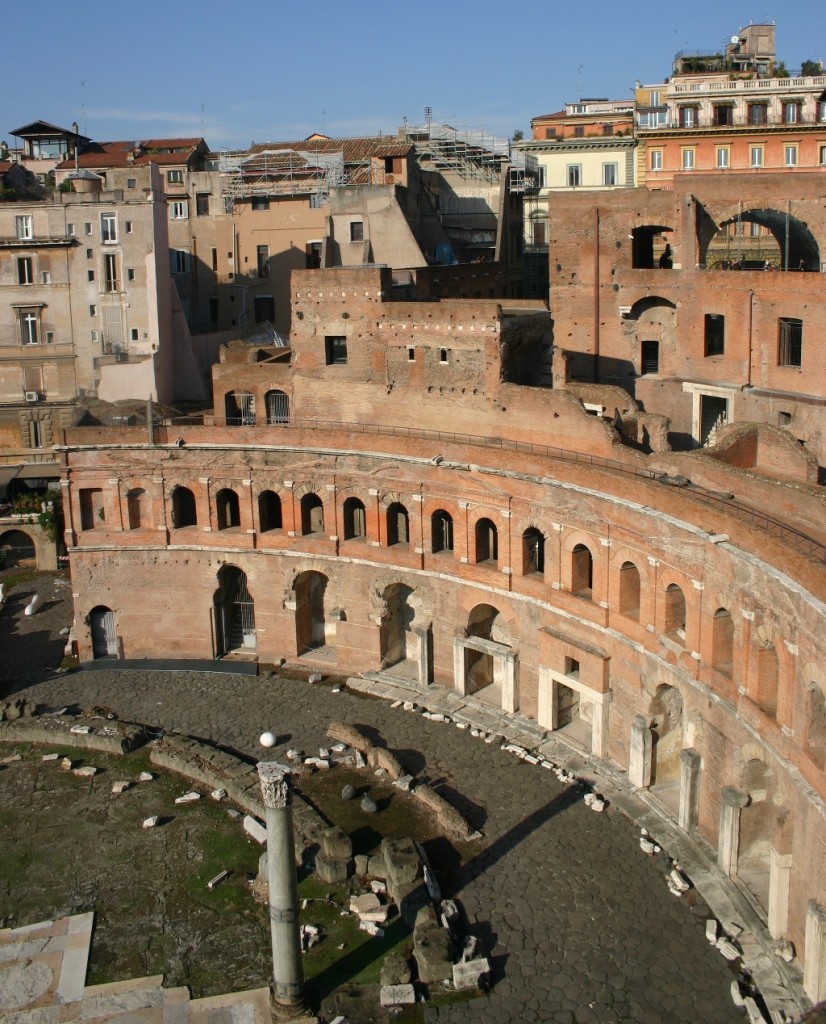Telling stories in museums and Portus as an archaeological park

Portus was recently a case study in a conference held, appropriately enough, in the Markets of Trajan at Rome on museology across the world.
The intention of the organisers, the Fondazione Diá Cultura and the British School at Rome, was to discuss examples of ways in which museums – from tiny house museums like Sir John Soane’s Museum, to sprawling parks, like Hadrian’s’ Villa, can most effectively tell stories that will appeal to the broad and diverse public which is clearly interested in culture, and which is vital for the long term health of the cultural sector.
Portus was introduced by Renato Sebastiani, our partner in the superintendency of Rome. His passionate advocacy of the potential of Portus as an archaeological park drew together many of the themes we had been discussing throughout the two days of the conference – the significance of the natural setting of Portus, with its unique planting and beauty; the potential of modern technology such as a Portus App. to permit visitors to be informed without noticeboards cluttering the site, and for information to be constantly refreshed; the way that the buildings can be presented both in their ruined form, as examples of conservation, and, again through technology, reconstructed; and the broader story of how Portus related to the city of Rome through the Tiber up to Testaccio and the Porticus Aemilia, both sites of huge interest but needing to be recuperated and better positioned in the city’s tourist trail.
As Sebastiani pointed out, Portus is not just an interesting archaeological site, it is part of the patrimony of the Mediterranean, a great trading hub which as participants in the Portus MOOC you have been studying. It has a huge potential. The British School at Rome , Britain’s leading humanities research institute abroad, has been involved in the Portus Project from its inception, and we shall be following the development of the Portus Archaeological park with great interest.
For more information on our activities, please visit our website, http://www.bsr.ac.uk/, and follow us on Facebook https://www.facebook.com/pages/British-School-at-Rome-the-BSR/373618910214



